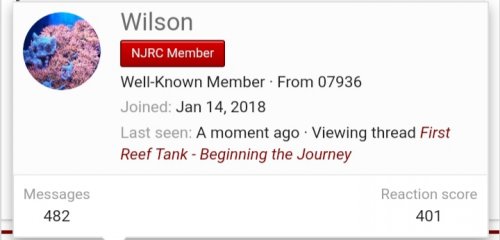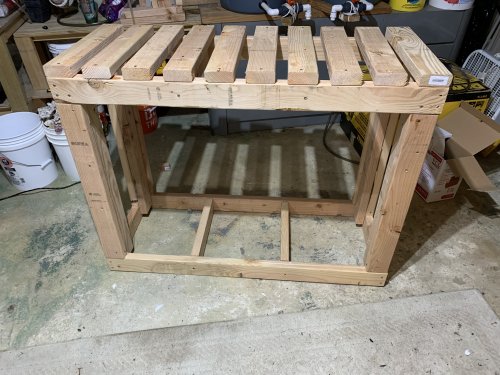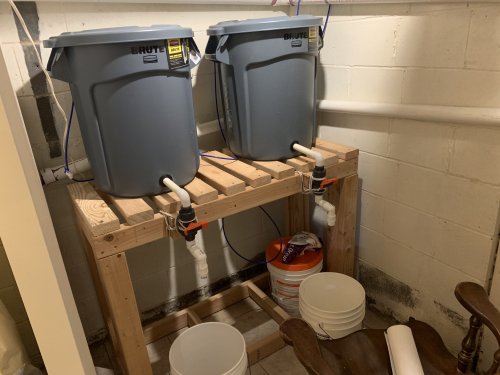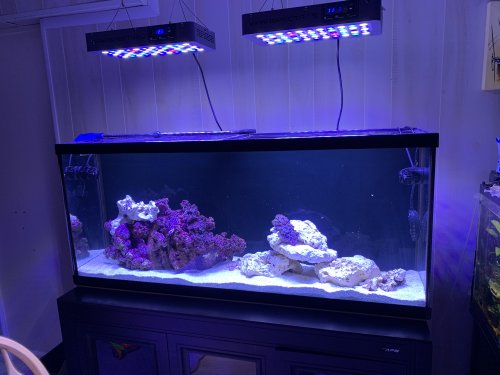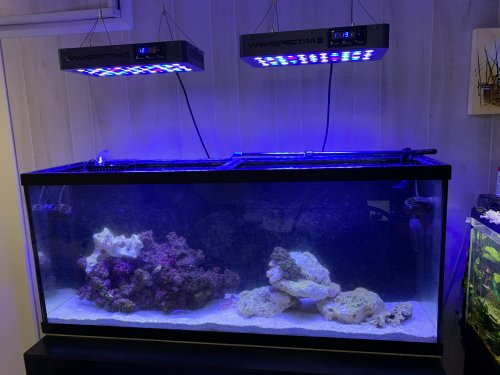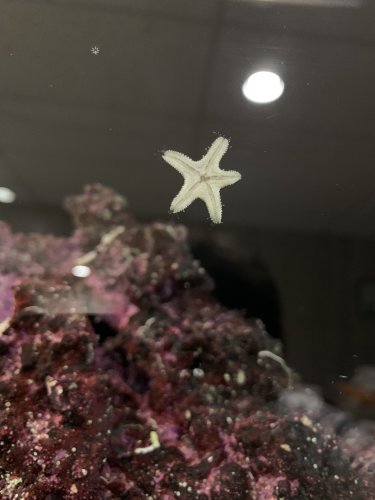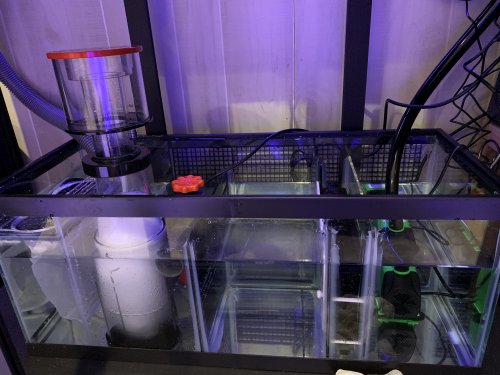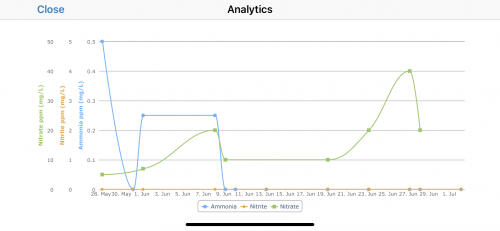Consider updating your location too. That's usually where I look to see if you're local enough to pick stuff up if you wanted to. I have some tanks in the garage, if you were going to build your own baffles, you can cut them down to size and silicone them in. But if you're 2.5 hours away, no point in offering. 
